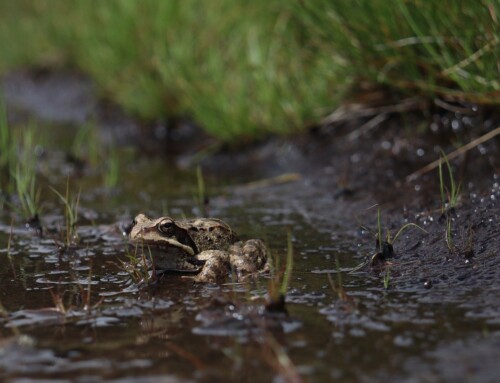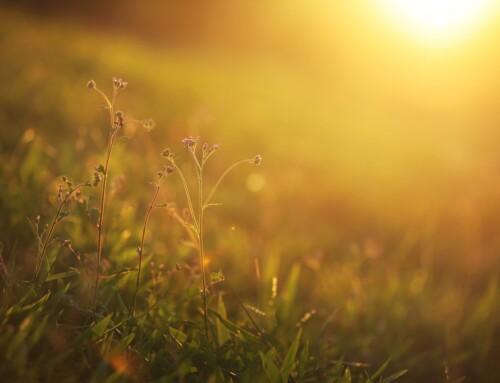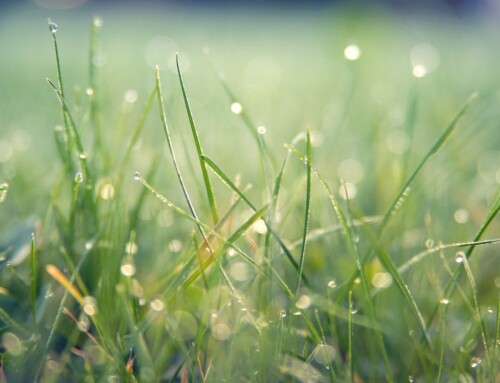It’s springtime in Florida, and everyone from professional landscapers to home gardeners is considering how to cultivate and design their property. Caring for any yard or property typically involves mulching, which offers both decorative and practical benefits to soil and plants. In this quick overview, we discuss some of the best ways to reap the benefits of mulch and a few mistakes to avoid.
Mulching Basics
Mulch supplements your landscaping efforts in several key ways:
- Suppresses weed growth and makes weeds easier to remove
- Reduces water evaporation rates, saving watering time and expense
- Insulates the soil, protecting plants and roots from temperature fluctuations and extremes
- Delivers a polished and manicured look
5 Expert Tips for Utilizing Mulch
- Mulch is an Accent, Not the Main Attraction: Mulching is essential for healthy lawns, but it also delivers striking visual value. When choosing where and how to mulch, think of covering most of the soil with vegetative plants and shrubs and filling in with mulch to control moisture. Landscapers should select mulch in a color that complements the home or business exterior or a darker shade that contracts with the plants and flowers to make the bed pop.
- Mulch Should Be Cleaned Out and Leveled: When re- mulching a garden bed, experts recommend removing some of the old or existing mulch to avoid too much buildup. When you get close to an edge—such as the driveway, sidewalk, pathways, or even a tree trunk—thin the mulch out so it doesn’t appear “bunched up.” About 3 inches of mulch is recommended for beds. This amount of mulching should be sufficient to fight off weeds and preserve moisture, reducing the need for irrigation.
- Experiment with Different Mulch Varieties: There is a wide variety of mulch available, including composted and eco-mulch, hardwood mulch, or pine nuggets. If you’re desiring a new look when updating your mulch (or want to try a more nutrient-dense mulch product), don’t be afraid to apply a different type.
- Don’t Leave Bare Soil Uncovered: Experts agree that mulching has significant environmental benefits. While bare soil may result in erosion and sediment runoff after our daily rainstorms, mulching can help control erosion. Research has determined that bare soil loses approximately five times more sediment than soils covered with mulch. Mulch can also be used to protect tree trunks, especially around younger trees. Mulch rings create a protective area to minimize intrusive threats from other plants and keep mowers away from roots.
- Underlayment is Not Always Needed: Many people like to apply a layer of landscape fabric or plastic between the soil and the mulch. Black plastic is often used to “keep the weeds down”; however, the addition of plastic or landscape fabric could result in more water runoff as it prevents water and moisture from penetrating the ground. When utilizing an organic mulch that will break down, such as composted mulch or hardwood bark, landscape fabric should be avoided. This is because you want the mulch to improve the soil by coming in contact with it. Besides, if the mulch shifts around, you can often see exposed plastic under the mulch layer – which is fairly unattractive for the overall design.
Veransa Provides Premier Products for Spring Mulching
One of the biggest mistakes that experts point to is buying mulch from an unreliable or unknown source, which may include seeds or other materials that may harm your plants. At Veransa Group, we take great pride in manufacturing sustainable, eco-friendly mulch and compost products that you can trust. To learn more about our recycling process or to visit one of our locations, visit our website today.



